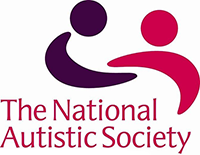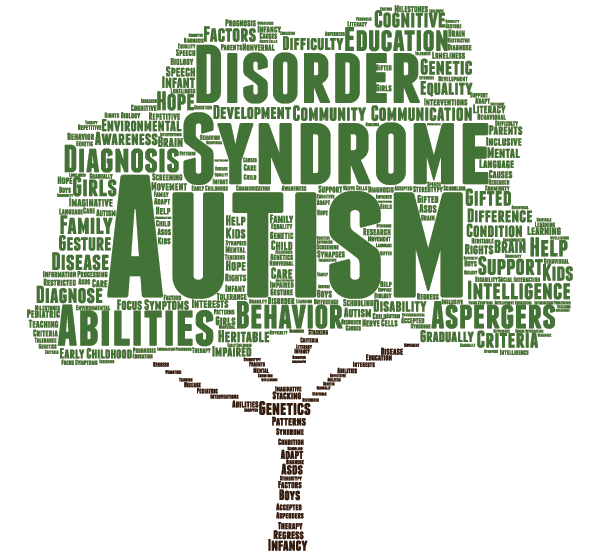

What is Autism?
Autism is a lifelong developmental condition that affects the way an individual perceives and subsequently interacts with the people and events in their environment. Autism Spectrum Disorder (ASD) refer to the range of ways that autism can present in an individual: this varies greatly from person to person and throughout an individual’s life.
In the past a range of names and diagnostic labels have been used. Terms such as Autism Spectrum Conditions (ASC), Asperger syndrome (AS), classic autism, Kanner autism, high-functioning autism (HFA), Pathological Demand Avoidance (PDA), and Pervasive Developmental Disorder (PDD) as well as ASD have all been used to describe specific types of behaviours and differences that are identified by particular diagnoses.
The World Health Organisation’s “International Statistical Classification of Diseases and Related Health Problems 10th Revision (ICD 10)” and the American Psychiatric Association’s “Diagnostic and Statistical Manual of Mental Disorders (DSM-5)” now just use the term autism to refer to pervasive developmental disorders which affect reciprocal social interaction, communication, and restricted, stereotyped, repetitive behaviour. The English Department for Education use the term ‘ASD’ to identify individuals with these needs in their document entitled “Special educational needs and disability code of practice” (2014).
The behaviours and challenges typically associated with autism are often a result of differences in thinking about and processing information. Through a deep understanding of the impacts of these different thinking styles, we are able to develop approaches and strategies that allow people with autism to better understand and contribute to the world around them. Every individual with autism is unique and no two people are likely to have the same experience of ASD as each other. However, someone who is autistic often have difficulties with specific aspects of the following developmental areas:
- Communication,
- Social Interaction,
- Flexibility of Thought,
- Emotional Regulation
We have used these four areas as a basis for our Autism Progress framework and we hope this will allow you to paint a detailed picture of the individual and their ability in these specific areas.
For more information on autism please visit The National Autistic Society (UK)
More Information
For more information on autism please contact one of the following organisations:





